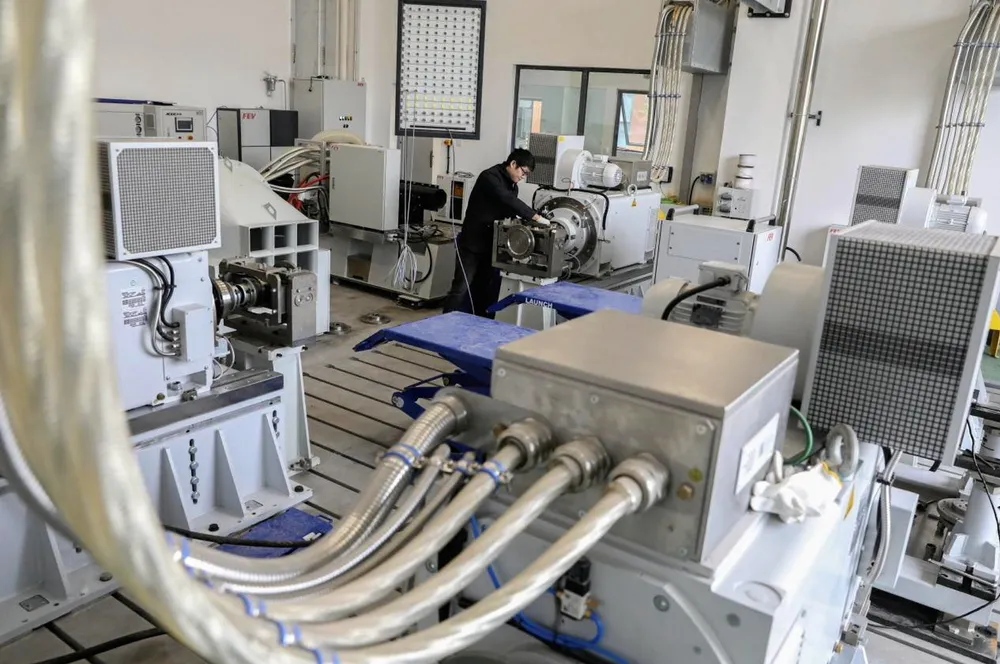China starts operations at new $74m national hydrogen fuel-cell vehicle testing facility in Chongqing
National Hydrogen Power Quality Inspection and Testing Centre could help Beijing reach goal of 50,000 H2-fuelled vehicles on nation’s roads by 2025

National Hydrogen Power Quality Inspection and Testing Centre could help Beijing reach goal of 50,000 H2-fuelled vehicles on nation’s roads by 2025
